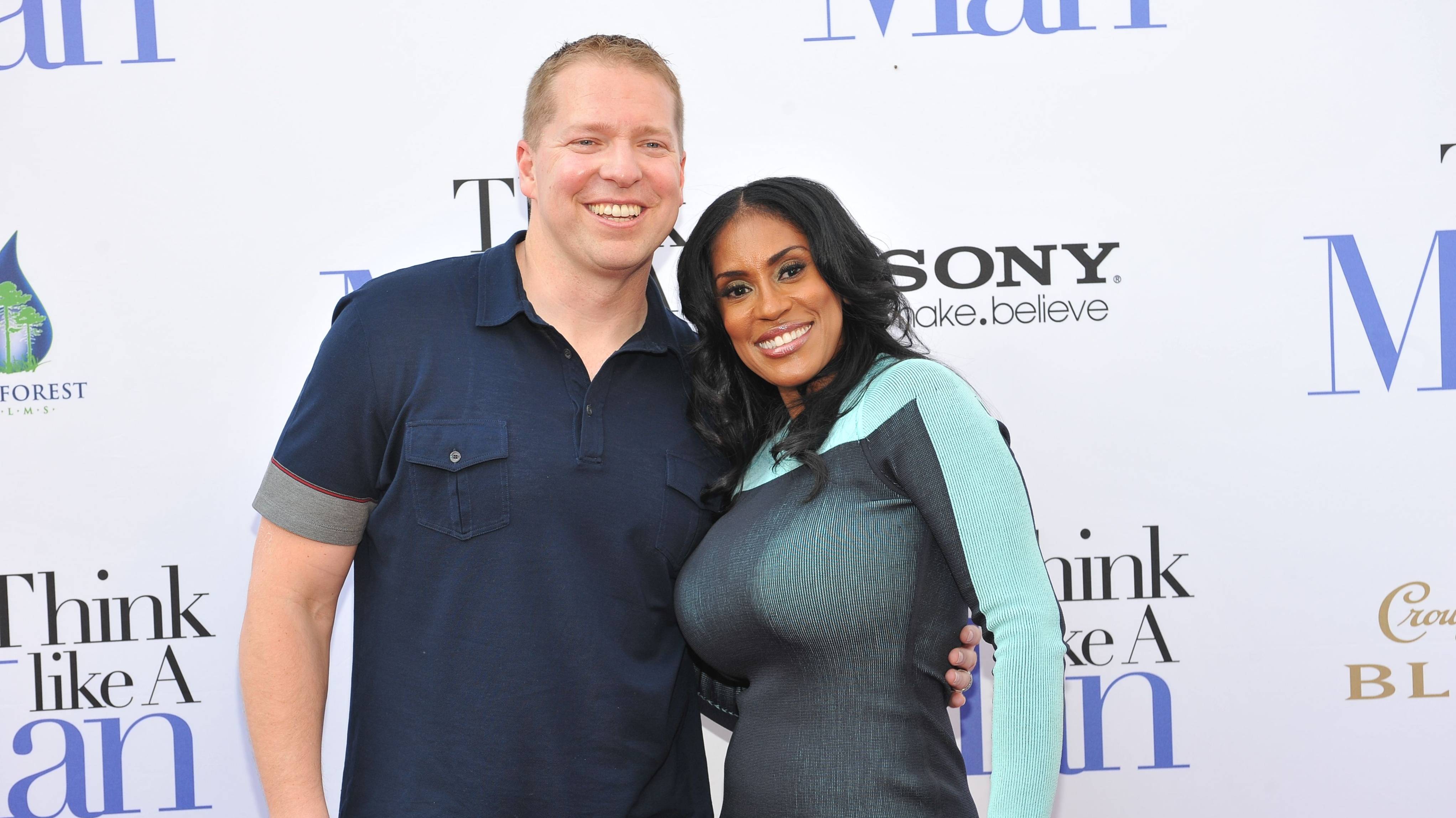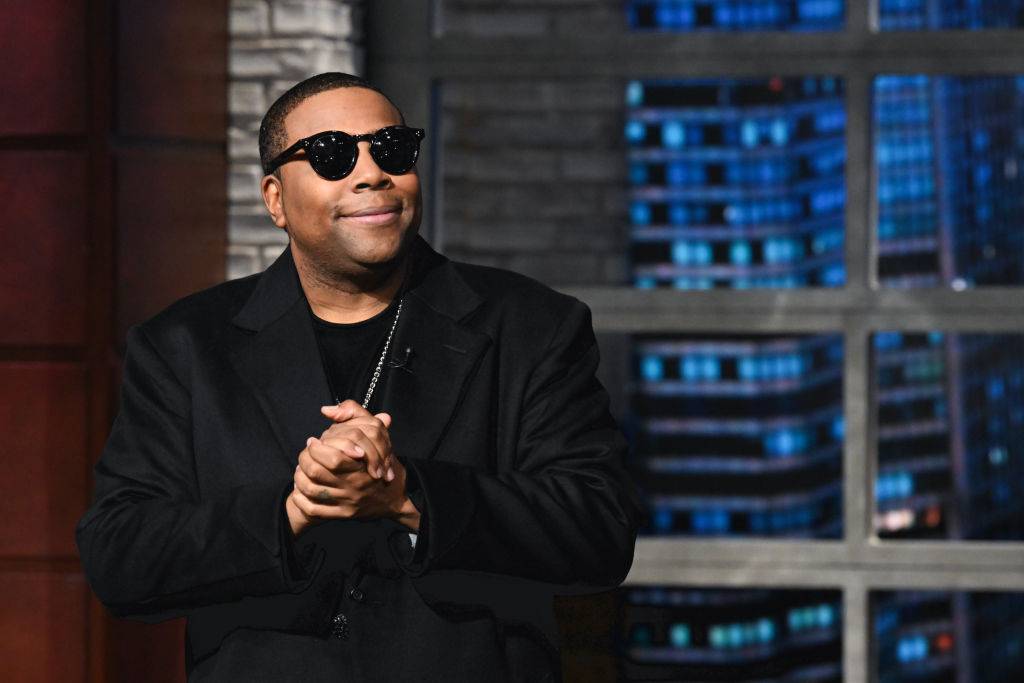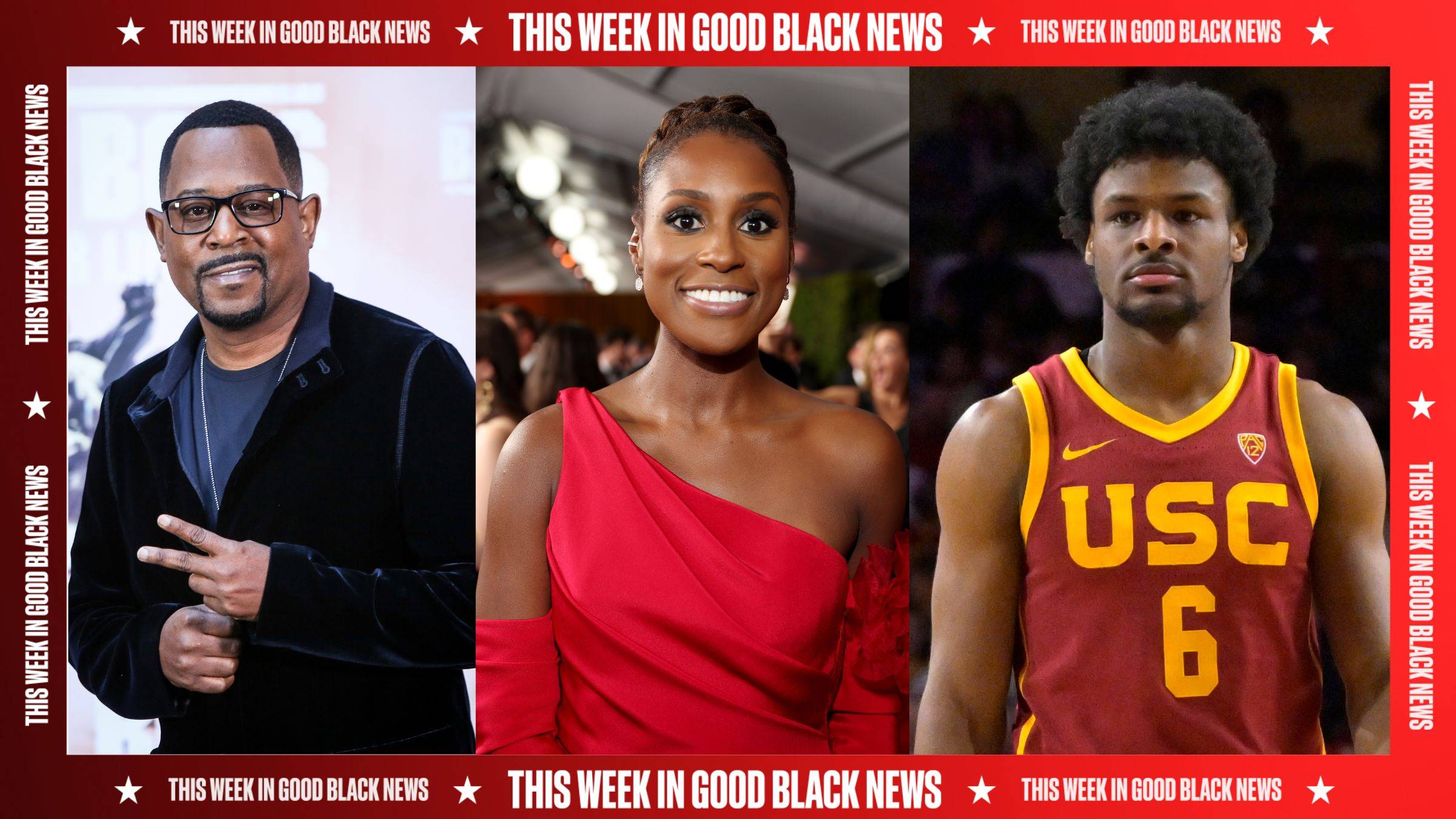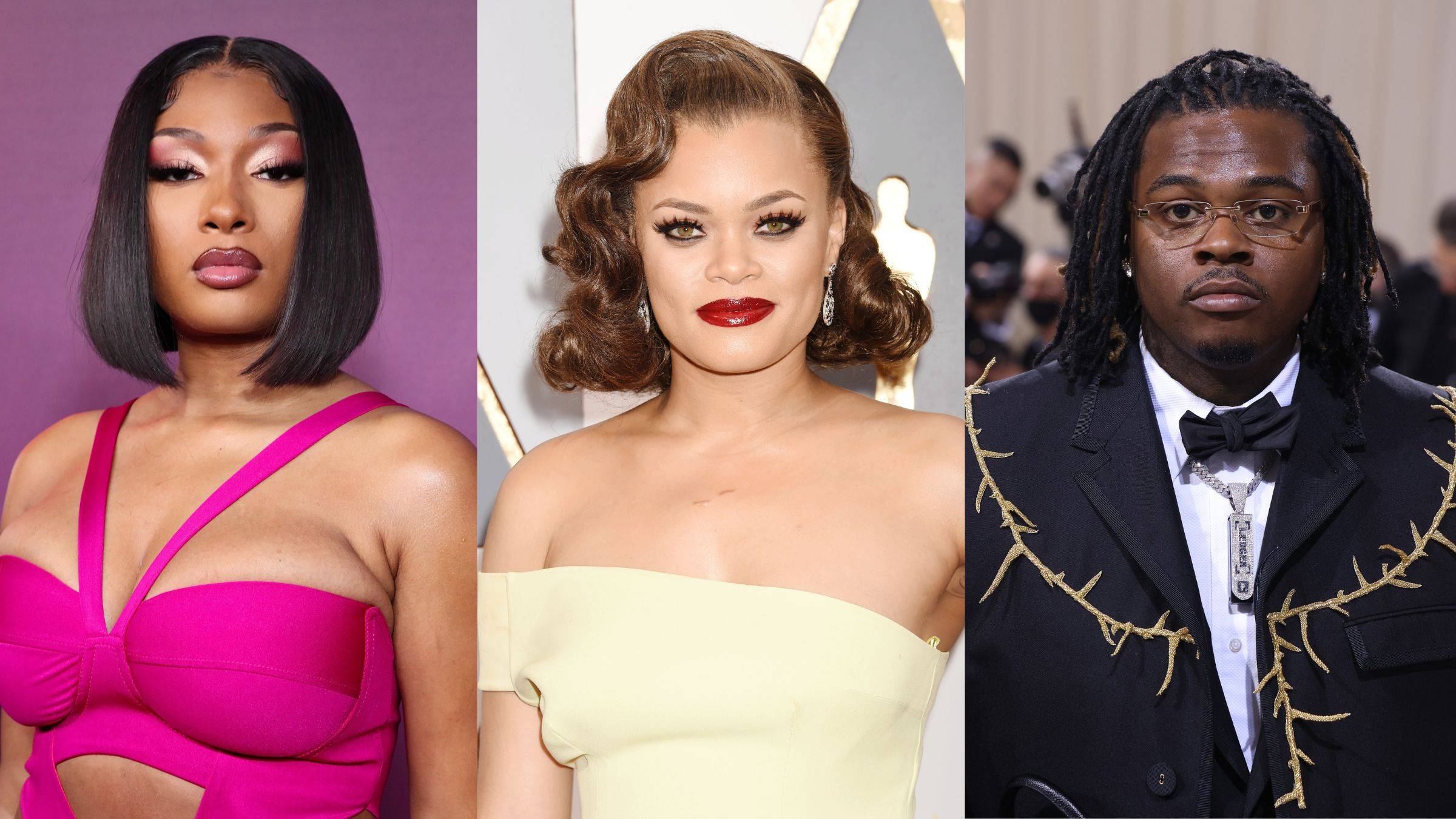How Hip-Hop Revolutionized High Fashion

As hip-hop turns 50 this year, 2023 has been full of celebrations that have tributed the pioneers who created the culture while recognizing some artists who will look to pay it forward over the next half-century.
While many may understandably think of hip-hop as simply music, it’s made up of far more than that. Not to sound too academic, but the culture comprises five elements– music (emceeing and DJing) – dancing (b-boying and b-girling), art, knowledge, and fashion.
It’s hard to think how the latter could flourish in modern-day without music, and vice versa, so, surprisingly, comprehensive literature about the link and influence between hip-hop and fashion doesn’t widely exist. It’s something writer and author Sowmya Krishnamurthy discovered four years ago while researching an article for XXL Magazine.
‘When Crack Was King’: Author Donovan X. Ramsey Explores The Tragic Epidemic That Left Scars On the Black Community
The February 2019 feature A History of How Hip-Hop and Fashion Brands Started Working Together is a comprehensive dive into rap music ambassadors and the iconic moments where their fashion looks took center stage. It also cites many examples where designers, major fashion houses, and the like employed some of hip-hop’s biggest stars for their campaigns.
For Krishnamurthy, however, there wasn’t anything more long-form to draw from outside of her knowledge, the famous incidents of where the crossroads of expression played out, and previous writing about the fashion and musical figures that made a respective impact.
“When we think about hip-hop and fashion, they have gotten together since the inception of hip-hop. Now you see rappers on the cover of Vogue, they're sitting front row at Paris Fashion Week, they're the most exciting people walking the red carpet at the Met Gala,” she tells BET during a recent interview. “But I was really surprised to see that there was no definitive anthology on the subject.”
Krishnamurthy’s new book Fashion Killa: How Hip-Hop Revolutionized High Fashion (out October 10) is a far-reaching extension of her initial findings. It covers everything from the institutions that turned their nose up at hip-hop’s biggest names during the first 25 years of the culture’s existence, the unlikely partnerships that followed, the influence women had in bringing it about, and the basis of legendary collaborations between labels and tastemakers in Black music. For her, it was personal and inspired by the lineage she saw play out that needed to be told.
“Coming in as a woman, and especially a woman of color, it was very important to tell this story in an inclusive way,” she explains, noting that a vast majority of the perspectives told in the past were those of men.
Fashion Killa explores the sociopolitical origins that defined both fashion and hip-hop and the two-way street between the influence the music and streetwear had on the highest echelon (and often exclusionary) legacy designer brands.
In an excerpt released last week, Krishnamurthy relays the impact of Lil Kim’s influence on style during her rise to prominence in hip-hop during the mid-to-late 1990s. Among other things, it cites both the iconic cover of her 1996 debut album Hard Core and the story of how she could leverage the male gaze through instances like her 1999 MTV Video Music Awards outfit, which featured her in a lavender sequined jumpsuit with her left breast exposed. Both were very deliberate instances by her mentor The Notorious B.I.G. and Misa Hylton, who styled the look.
“[It was] basically a nod to how bold Kim was, how confident she was that she could pull something like that off,” explains Krishnamurthy. “She was one of the first that I can remember of someone, an artist, showcasing so much skin within hip-hop.”
By extension, being a muse attracted her to some of the major fashion houses and those who run them. According to Krishnamurthy, Kim’s bravado, much of which stemmed from her hip-hop persona and effortless ability to champion looks, became a pivotal moment in hip-hop history.
“She was somebody who's very confident, very bold, and that was something that resonated with fashion,” she explains. “Fashion loves muses and there's a reason people like Donatella Versace and Marc Jacobs, David LaChapelle – all these people love Lil Kim. In many ways, she was like a walking Barbie doll she would change her looks up whether it be the wigs to makeup.”
Interview: Jeremih's Upcoming Album Is A Triumph Over Circumstances That Nearly Cost Him His Life
Additionally, Krishnamurthy wanted to pull back the curtain behind the historical, sociological, and psychological interworkings. It’s no secret why hip-hop was the last to be considered space for wide-reaching fashion campaigns. It’s also no surprise that those brands made a complete 180 once hip-hop was seen as more palatable by the masses, as some of the biggest names in the culture – Kanye West, Pharrell, A$AP Rocky, and Cardi B, among others – are now the faces of much of their operation.
Fashion Killa chronicles all of hip-hop’s relationship with style – from August 11, 1973, through Kool Herc’s sister Cindy raising money for back-to-school clothes to Pharrell Williams being named Men’s Creative Director for Louis Vuitton just earlier this year.
As far as the next 50 years are concerned, Krishnamurthy believes the future is very bright. As rappers continue to emphasize the design of their merchandise – often bringing in designers to help collaborate for it – the demand from hip-hop fans will continue to grow rapidly. The prevalence of high fashion among rappers and their looks in music videos and social media moments, in general, will also help to strengthen that bond.
“When I go to show, I see kids waiting in line – whether it's Dreamville or OVO, etc, that's become sort of their version of let's say Wu-Wear or Shady or G-Unit clothing,” she says. “The future really is unwritten and I think the fact that we've had this expansive journey, but we still don't know what the next 50 years will look like I think is pretty exciting.”
Purchase Sowmya Krishnamurthy’s new book Fashion Killa: How Hip-Hop Revolutionized High Fashion here.





